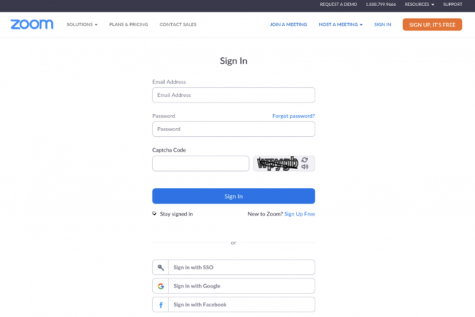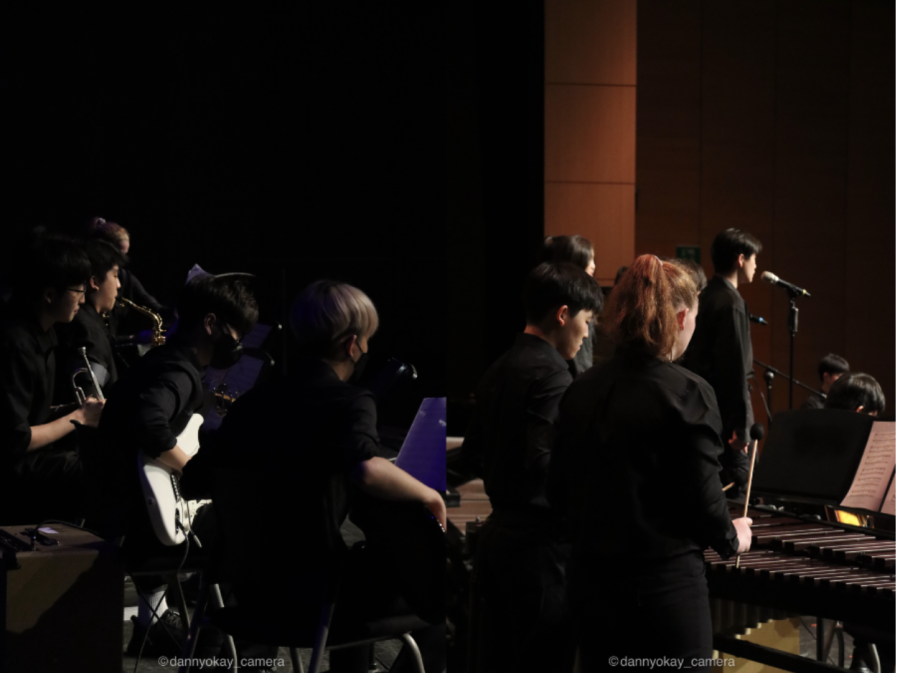The Cyberthreats and Digital Poverty in Online Learning
Since the sudden outbreak of COVID-19 pandemic last March, the governments of numerous countries have implemented lockdown measures, forcing many citizens to become “netizens”.
Schools were considered dangerous as numerous students gather together in enclosed spaces; thus programs such as Zoom and Google Meet have been widely used. The premise behind using these programs is that security and education for the children are proper: the students’ safety being well-kept just like offline schooling.
One must note that breaking into an online meeting is not much different than terrorizing and invading into a school, causing mishaps and chaos. Numerous incidents, namely “Zoombombing”, have been a chronic problem for numerous schools; according to Kaspersky, a cyber security company, “…pranksters and ill-intentioned individuals [breaking] into private meetings. Among the victims were schools, with several reported incidents of online classrooms being interrupted… ” (SecureList)
In 2020, the total number of users that encountered various threats disguised as popular online learning platforms jumped to 168,550, a 20,455% increase, according to Kaspersky.
Methods malignant internet users use to hack meeting platforms include DDoS (Distributed Denial of Service) attacks (which simply means overloading a domain with fake traffic until it denies providing service to users) and phishing websites imitating sites such as those below:

Another prominent issue is the availability of technology.
However, to even have proper classes, one must have access to the internet and a computer. The lack of availability of such expensive products has clearly differentiated the economic gap of certain families with children. This issue is called “Digital Poverty”.
Upon the polarization of education opportunities, it is clear that access to technology is not a new issue, COVID-19 has just put a magnifying glass on the problem. Not only do students need computers and tablets to access live classes, but the technology also needs to be new enough to support the latest version of apps schools are using as well as internet speeds fast enough to support a smooth online class. This “digital divide” is creating massive inequality and limiting access to education for students that do not have the technology needed. As a society, we have been struggling with how to make education more equitable for our students around the world, and we are clearly still working on this.”
Governments and educational policies must be updated so that learning opportunities are equal all the time. In the offline world, there is free public education; in the online world, although public education is still free, being able to “step into the classroom” requires money.
According to an interview from BBC, Wayne Norrie, head of an academy trust with schools in disadvantaged areas, said, “60% to 70% of children (in Norrie’s academy) don’t have laptops,” (BBC).
That means about 65% of the children cannot get an education even if they want to because they don’t have money. I believe that the government should immediately take action, an action that they had not taken earlier.
By reviewing both problems, digital security and digital poverty, it is clear that there are numerous problems with education quality and equality caused due to COVID-19. I hope that time will help solve such educational problems by advancing security and updating policies, just like how time solves many other things. The government could use tax money to pay for small laptops children can use to help children directly but providing educational subsidies, or NGOs can start a fundraising project to achieve the same goal. These solutions indeed are very feasible things, and I hope that these solutions are implemented into society sooner than later.

Hi, I'm Sean Kim, a reporter for the Chadwick Waves in my first year.
I enjoy writing and listening to music. I also am interested in following up with...












